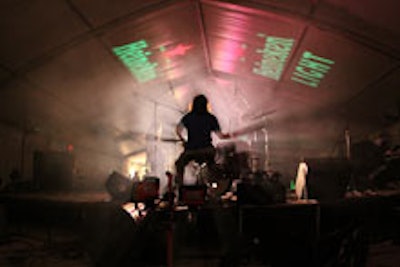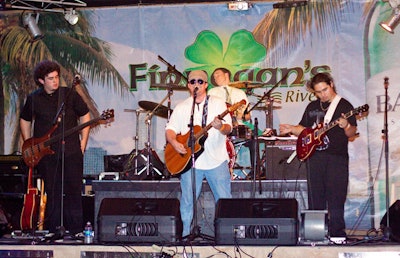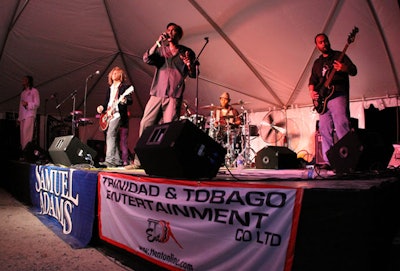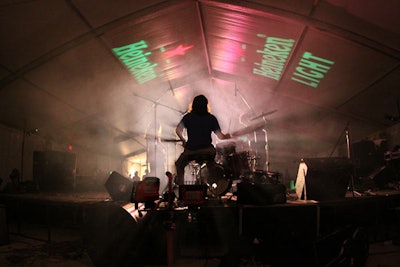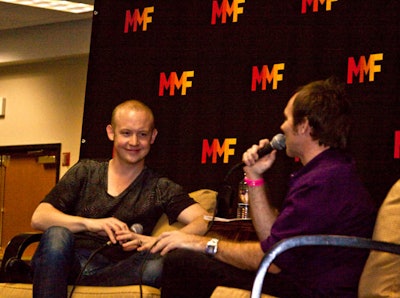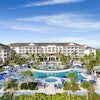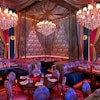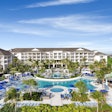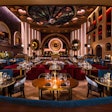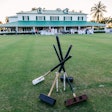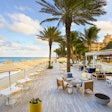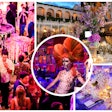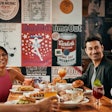The first-ever Miami Music Festival wrapped up Saturday after three days of more than 600 musical performances throughout 27 venues in downtown Miami and Brickell. The event exceeded its attendance expectations, attracting nearly 19,000 people—4,000 more than anticipated.
Festival C.E.O. Irwin Kornfeld and president Will Edwards created the event as a way to help teach emerging musicians and artists how to promote and market themselves amid the ever-changing music scene. “The conversion of CDs to online music meant that more artists could create, promote, and distribute their own music,” Kornfeld said. “The bad news is that they don’t all have the skills to manage digital recording tools, to become marketing experts, and to deal with these new opportunities, so they have a need for experts to [help] them understand how the system works.”
The inaugural event began with two days of interactive sessions, master classes, and keynote interviews with music executives and established artists like Isaac Slade of the Fray. The conference at the James L. Knight International Center attracted 1,300 attendees (a number far greater than the 400 organizers had planned for). Tickets for the two-day event sold for $150 and provided free access to all of the venues for the concerts throughout the weekend.
Kornfeld credits the spike in attendance to strategic scheduling. “We have put this in the right place in downtown Miami, at the right time of the year, when artists are no longer touring, and between Art Basel and Christmas when people’s calendars are lighter," he said.
Glen’s Tents and Special Event Rentals Inc. erected four tents—two measuring 3,200 square feet and two 4,000-square-footers—in Mary Brickell Village to house a portion of the concerts. The more than 250 acts—primarily from the urban Latin, jazz, Caribbean, and rock genres—also performed at clubs, restaurants, and bars in the area, like Ecco Pizzateca and Lounge, Waxy's On the River, and Blue Martini. With many shows taking place simultaneously, organizers reached out to the local colleges such as music school S.A.E. Institute-Miami for volunteer stage managers and sound board technicians to staff the venues.
Although many music festivals sell tickets online or at various locations before the event, Kornfeld decided to sell wrist bands on site at each of the venues. The public could purchase single-venue, one-day, or three-day wrist bands for $10, $25, or $50, respectively.
The event had more than 40 sponsors who contributed at various levels, ranging from $250 to $50,000. Panasonic, Yamaha Corporate of America, Heineken, and Sony Electronics signed on despite this being the festival’s first year.
